About halfway between the Brandenburg Gate and Potsdamer Platz is the “Memorial to the Murdered Jews of Europe” or “Holocaust Memorial”. It’s a place you have to see and an exhibition that took me away emotionally.
But let’s start from the beginning.

Origin of the Holocaust Memorial
At the end of the 1980s, more and more demands arose to build a memorial to the European Jews. After many discussions about location, message and design, the Berlin Senate Administration announced a first artistic competition in 1995, followed by a second in 1997, from which Peter Eisenman’s design emerged as the winner. However, he had to change his design several times before it was realised.
In 1999, the German Bundestag decided to complete the memorial with the construction of the underground “Place of Information”.
The memorial was ceremonially opened in 2005.
Tour of the Memorial to the Murdered Jews of Europe
I am standing in front of a huge field of stelae. On 19,000 m², 2711 stelae have been erected here. They are arranged in parallel rows – 54 rows in a north-south direction and 87 rows in an east-west direction, spaced 95 cm apart. Each stele has a ground plan of 2.38 m x 0.95 m. The heights of the stelae vary from ground level (they are embedded in the pavement) to 4.7 metres high. If you look along the paths between the stelae, you can see that the entire site is undulating.

I enter one of these narrow paths and start randomly searching my way through the field. When the stelae are even flatter, I can see well over them and orientate myself a bit.

Then the stelae get higher and I can only see a little sky above me. It’s good that the paths between the stelae are straight, otherwise you could really get lost here. This way you can always see the end of the passage and know that you can leave the field there again.v

Walking through the field of stelae can almost take on a meditative character. Without thinking much about it, change the direction of movement, feel the stelae on the right and left – get along with the narrowness of the corridor and let your thoughts wander. Ideally, one can use the path through the field to prepare oneself for the place of information – or to give one’s thoughts some peace after the visit there.
Place of information at the Memorial to the Murdered Jews of Europe
At the edge of the field of stelae, you go down a flight of stairs to the information desk. After passing the security check, you stand in an anteroom. Here you can get an audio guide (€3) or simply start your tour without one. I rarely use an audio guide, but this time I did. For me, it was the right decision. The information was really well presented and complemented the exhibition panels perfectly.

The exhibition starts with a short overview of the National Socialist terrorist acts from 1933 to 1945. Even here I read and hear so many things that sound unimaginable and yet happened. A good introduction to a topic that should still trigger many emotions in me.
Room of the dimension
Through a narrow door one enters the room of dimension. It is dim and my gaze first falls on rectangular fields that, illuminated from below, form the light sources of the room. These fields have the same ground plan as the stelae of the memorial above ground. The stylistic device is later continued in all the rooms.

In the illuminated fields are letters, diary entries and notes written during the persecution. Here you can read about personal fates, about a lot of suffering and fear, and it makes me very sad.
If you look around the room, you will discover a band running around the upper edge of the room. Countries are written here in combination with numbers. These are the numbers of victims of the countries listed (with the border from 1937). The numbers are frightening, especially when you know that it is still not known what happened to many of the victims and that the number of unreported cases is certainly even higher.
Room of the Families
In the next room, 15 family stories are presented. The Jewish families lived in 13 different countries and could not be more different in terms of their lives. However, they are all united by the fate of persecution under National Socialism.
Here I found the use of the audio guide particularly good. Three family fates are presented as examples, which seemed much more real and emotional to me through the description by the voices of the speakers than when simply reading the texts of other family fates.

Room of the Names
Next, I enter a room where names and the individual fates associated with them are recited in German and English. In addition, each name appears with the date of birth and death as a projection on all four walls.
I stay in this room for a while and listen to the list. There is no end to the list and if every name known so far were to be presented here, it would take over six years before I heard the first name again.
Room of the Places
The Room of the Places is intended to represent the geographical dimension of terror. A map and screens with film sequences show exemplary 220 places of persecution and extermination of the Jews and other victims of Nazi terror. At individual steles, visitors can take a closer look at 7 places, such as Auschwitz/Birkenau and Treblinka.

I learn about places here that I have never heard of and am struck by the enormity of it, which I only really become aware of through the visual impression on the map.
Exit foyer
Finally, you pass through a room where you can find out about memorials, museums and monuments related to the Second World War in 35 countries. The memorial portal is unique in Europe, it not only shows places and the historical context, but also presents the most diverse forms of remembrance.
I leave this place quite thoughtfully and walk through the field of stelae back to the present.

Address:
Cora-Berliner-Straße 1
10117 Berlin
Website
Opening hours Place of information
April-September:
Tuesday-Sunday: 10- 18 h
October-March:
Tuesday-Sunday: 10 – 19 h
Last admission 45 minutes before closing
Mondays always closed (except Easter and Whit Monday)
24-26 Dec. and 31 Dec. closed from 16 h. onwards
Opening hours Stelae Field:
permanently open
Admission fee:
free of charge
Audio guide for the permanent exhibition 3,-€
Disclosure: The images I have taken are used with the permission of the Foundation Memorial to the Murdered Jews of Europe (Press and Public Relations).








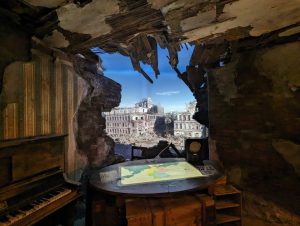






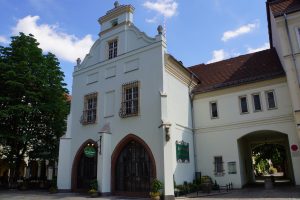

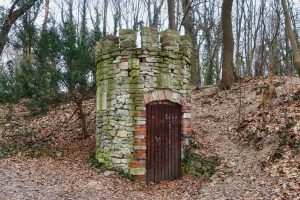
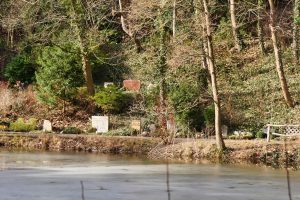
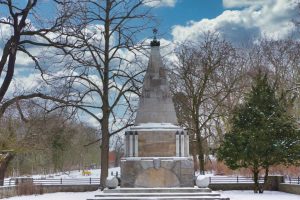










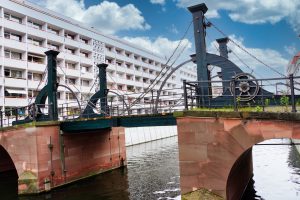
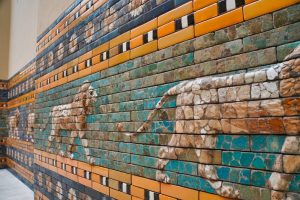



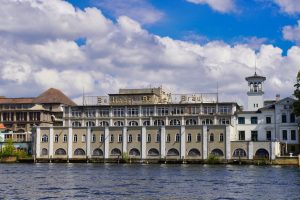









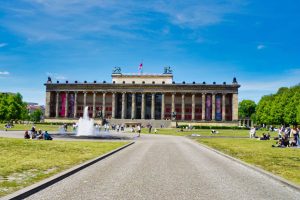





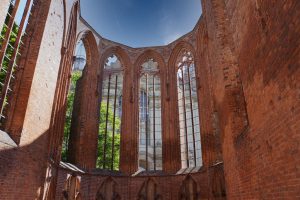


















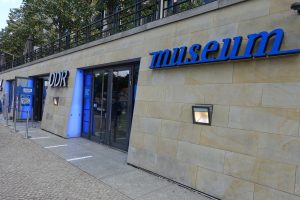





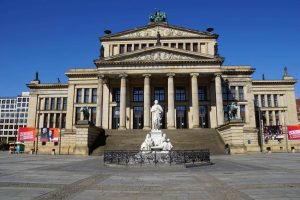







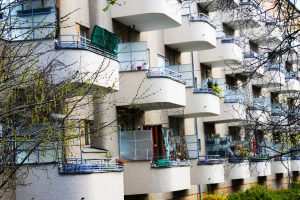










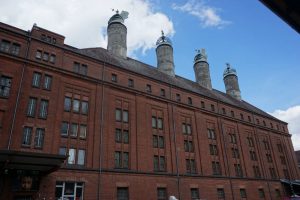





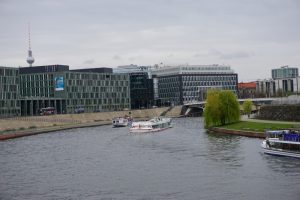
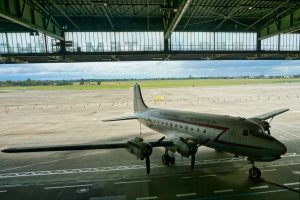








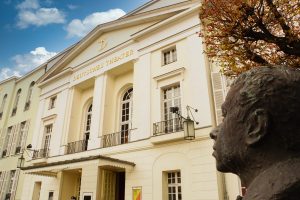


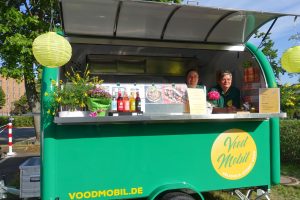















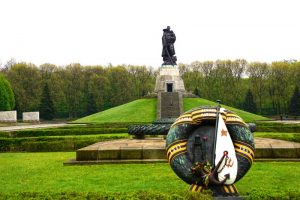














Leave a Reply